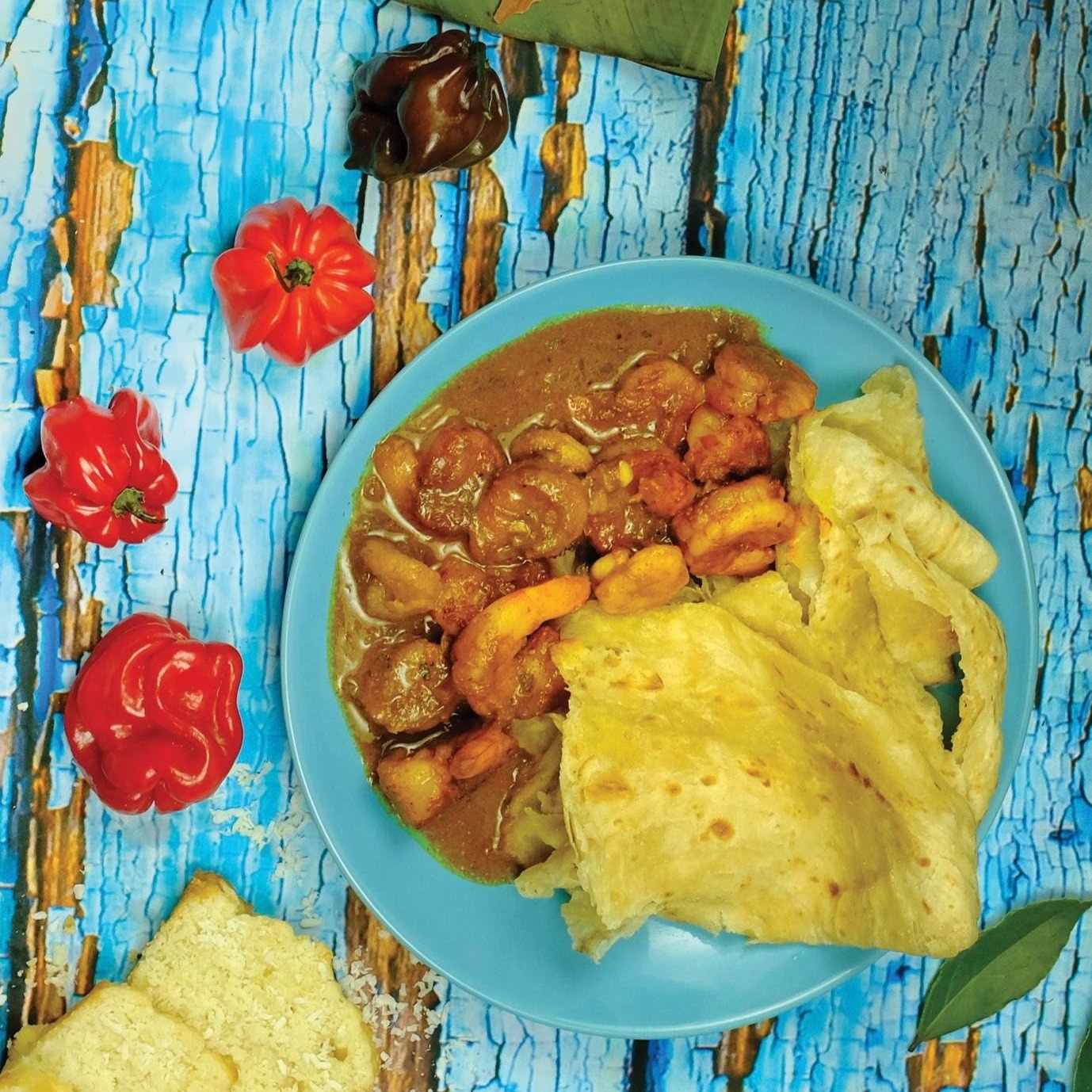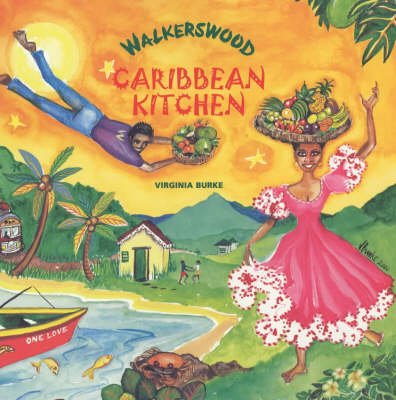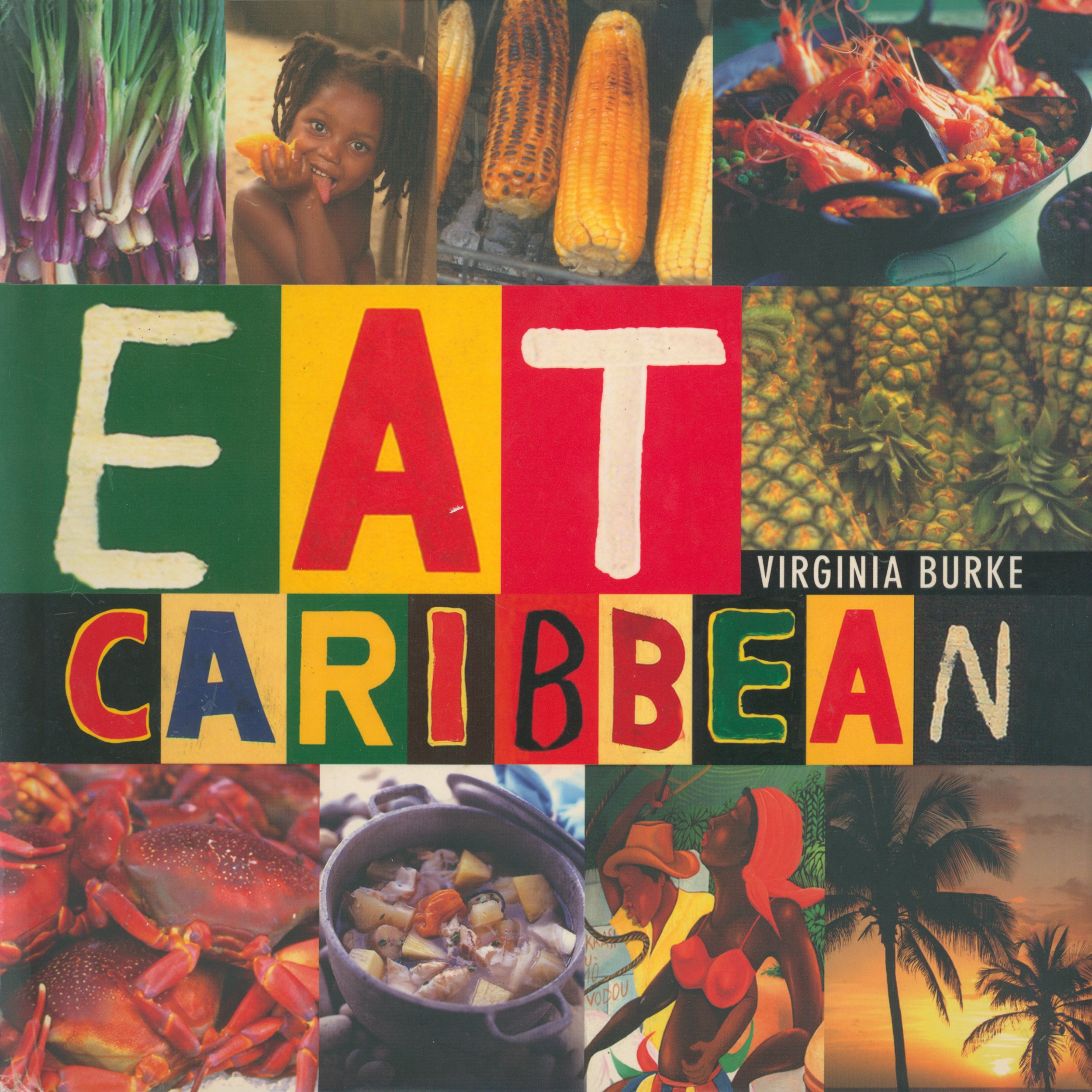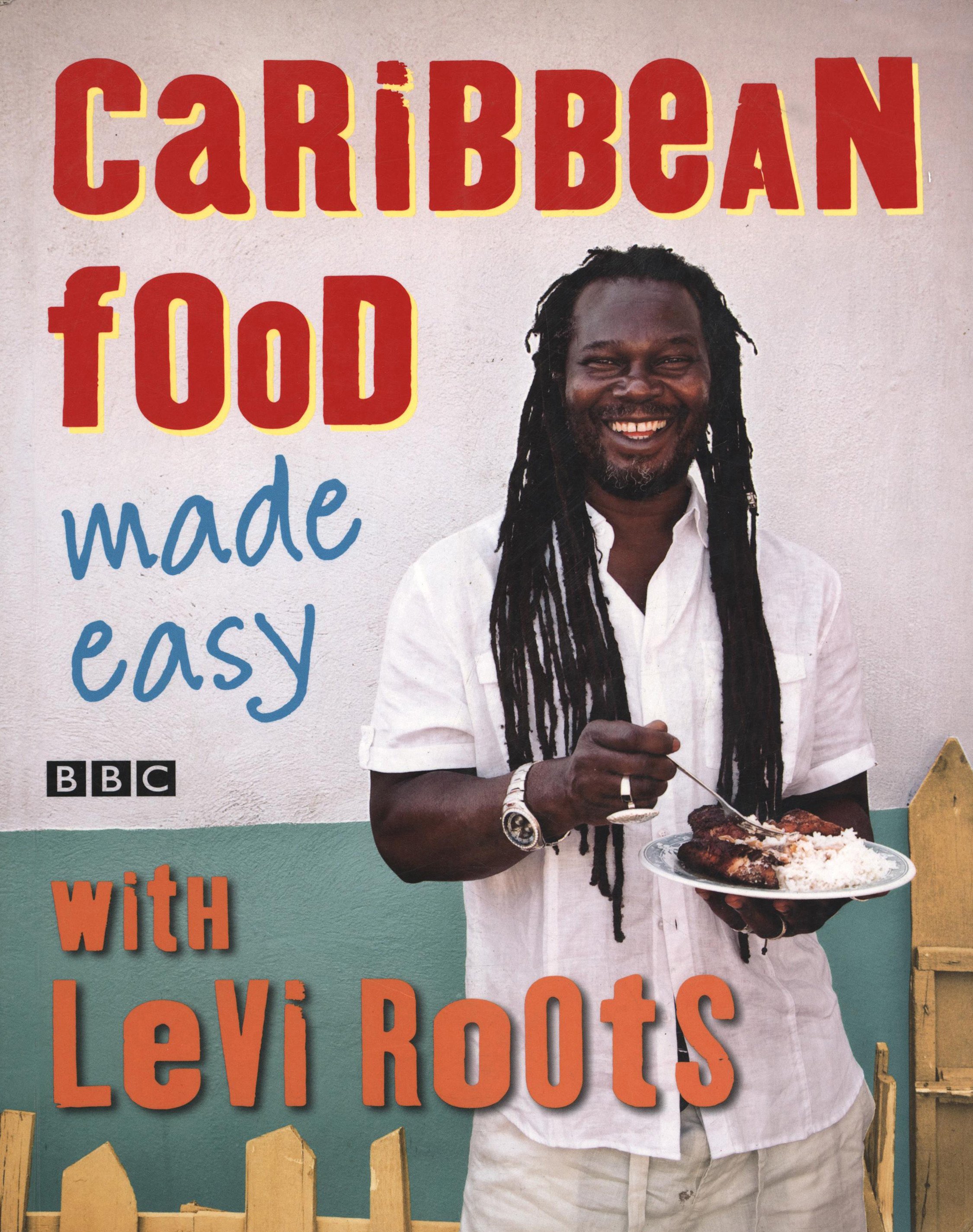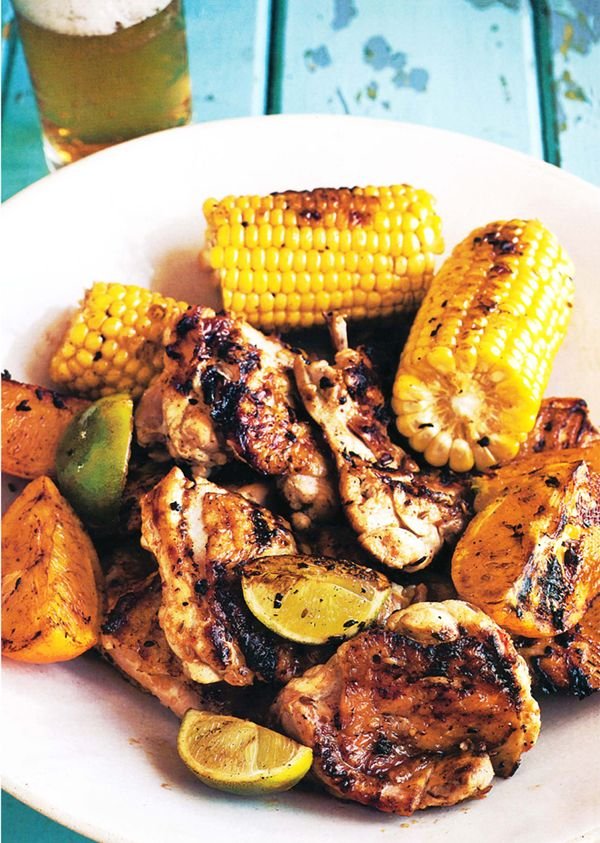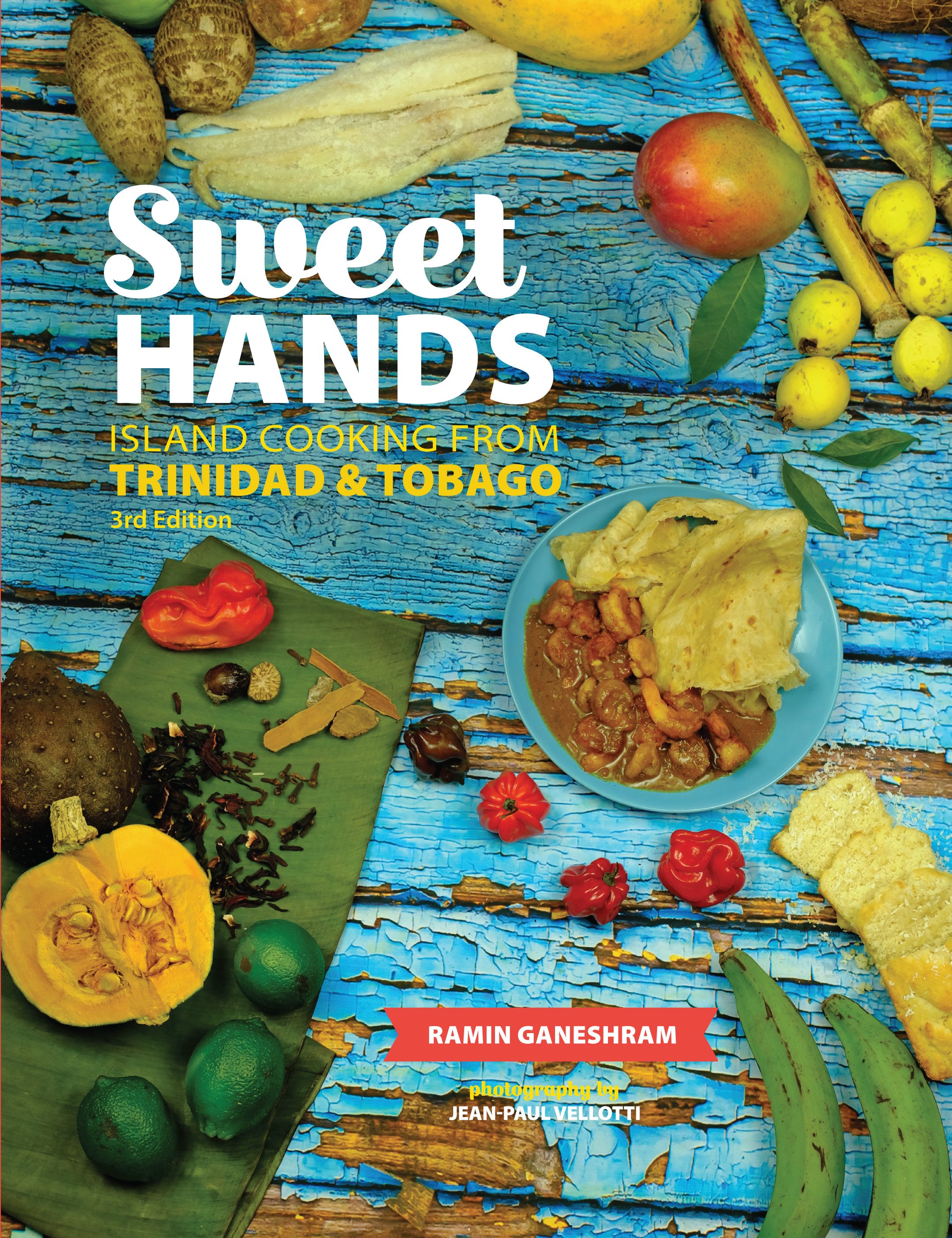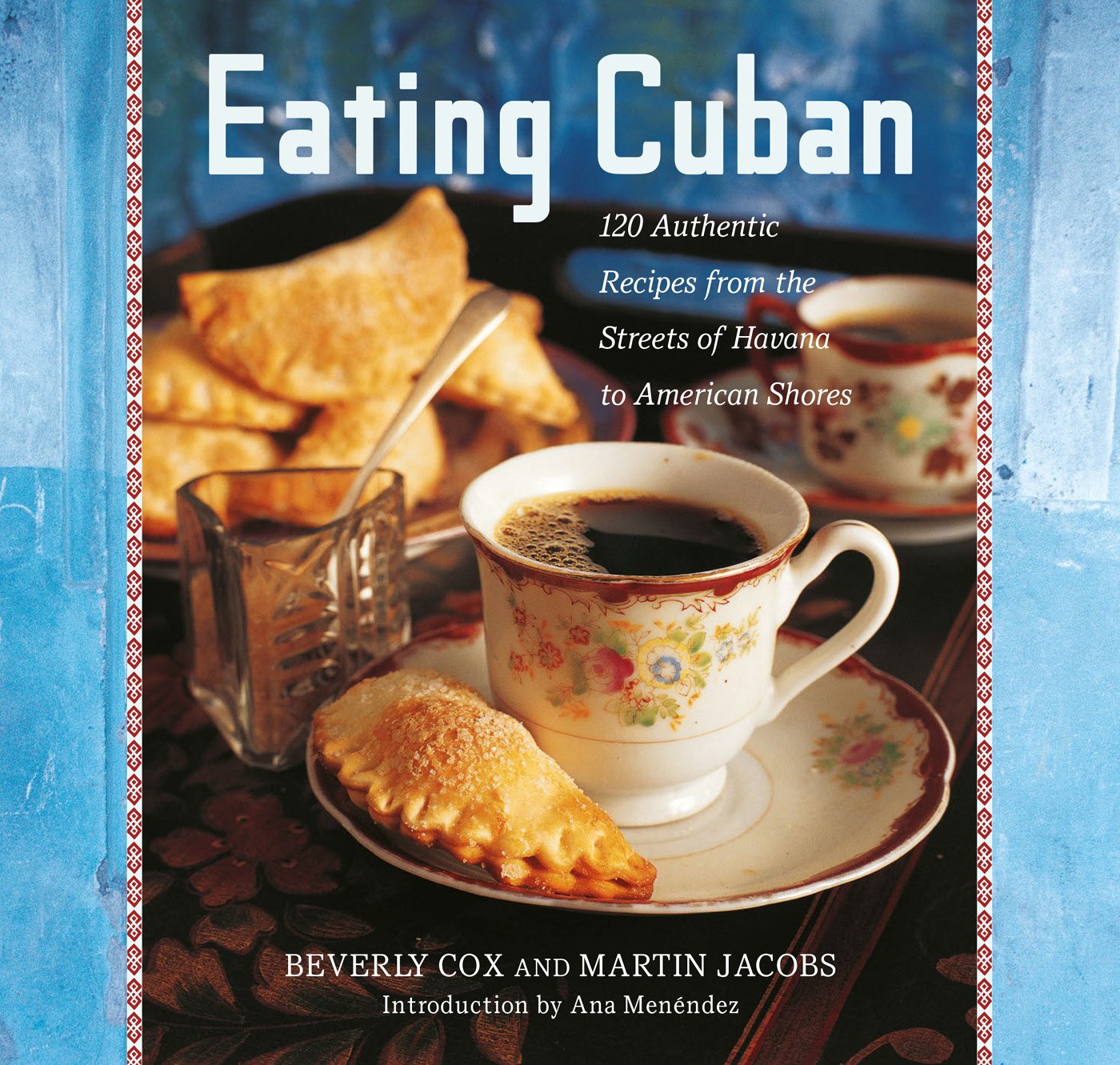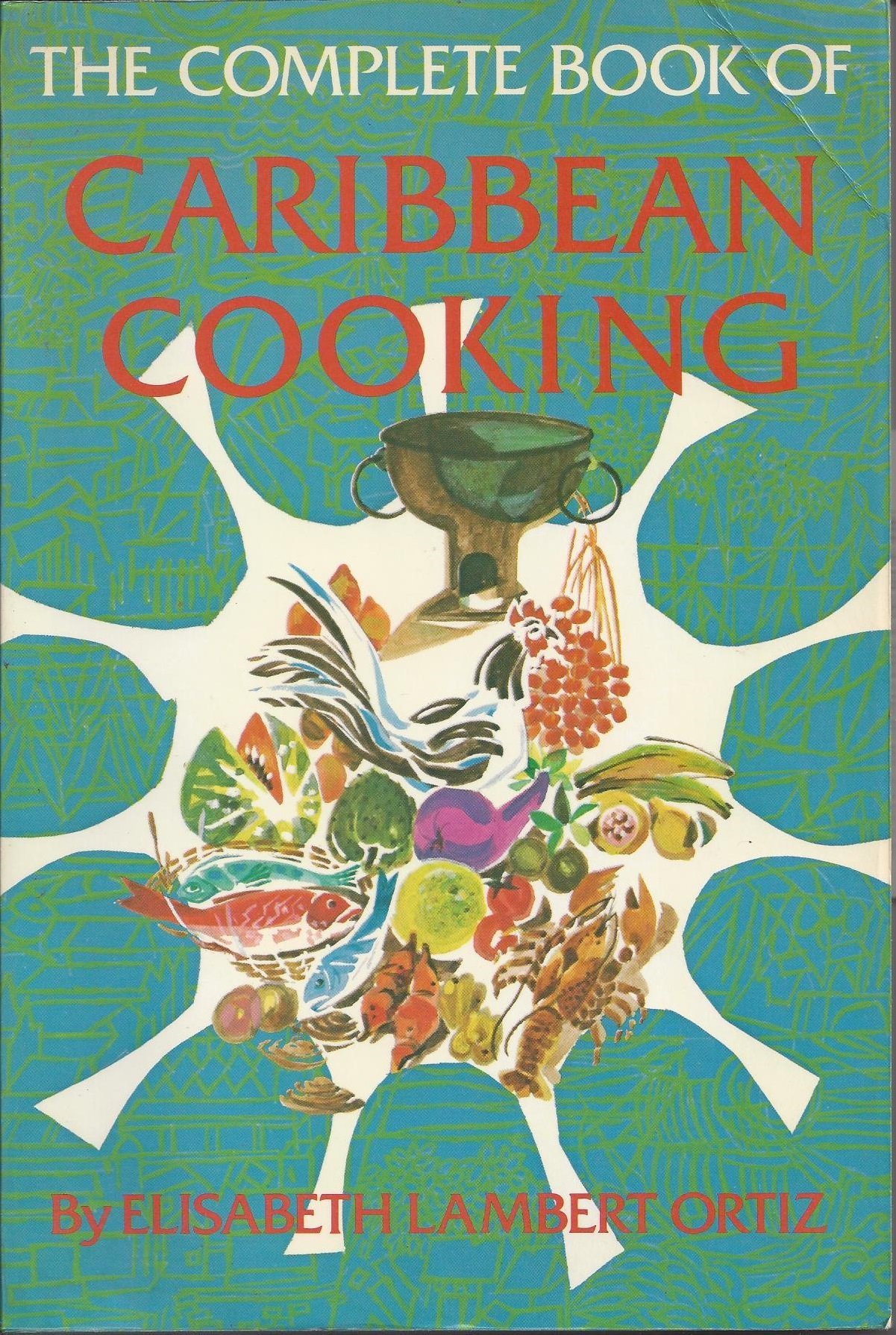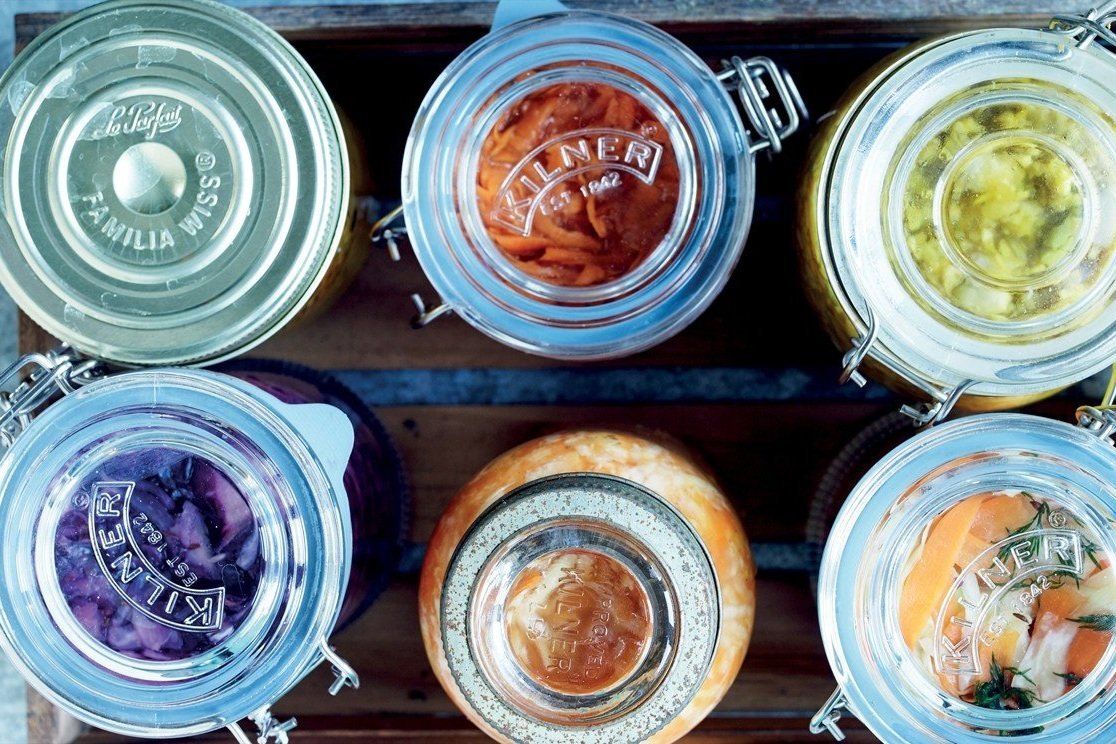Advertisement
Cook the Caribbean
31 May 2022 · Regional cooking · Discover ckbk
When you’re enjoying Caribbean food, it can seem as though you’re tasting the world on your plate. And, in a way, you are. The food of the West Indies and the Caribbean fuses ingredients and influences from around the globe and across time periods.
As Elisabeth Lambert Ortiz writes, “Africa, Spain, Britain, France, the Netherlands, Denmark, and the USA, as well as Indian and Chinese settlers, not to mention the Caribs and Arawaks, have all played their part in the development of [the] cuisine.”
The tropical climate, neither too cold nor too hot, ensures that a never-ending supply of fruits and vegetables – from bananas and coconuts to ackee and yams. Ingredients such as these, plus scotch bonnet chillies, cassava, and plantain, are put to use in dishes right across the region, acting as a kind of common denominator flavor-wise. That said, there’s an enormous amount of variety in cooking styles from island to island, too.
The seven cookbooks in our collection will take you on a cook’s tour all around the Caribbean…
Jamaica-born Virginia Burke has dedicated her career to tracing the roots of Caribbean cuisine – particularly that of her home island – and teaching cooks around the world about its diversity. Her two cookbooks make the ideal introduction to the cuisine.
Walkerswood Caribbean Kitchen, published in 2001, is a slim volume, and Burke manages to squeeze a lot into its pages: a concise glossary of Caribbean cooking ingredients as well as 56 recipes, from soups, snacks, and salads to desserts and drinks.
“West Indian cuisine is the product of a whole range of culinary influences,” she writes. “The islands were originally inhabited by the Tainos and Caribs, and the settlers who succeeded them – Ashantis, Chinese, Dutch, English, French, Ibos, Indians, Irish, Spanish, Syrians and many, many more – all brought their own distinctive ingredients and customs.”
Alongside classics such as Chicken Rundown, Rice & Peas, and Pepperpot Soup are recipes that hone in on typically Caribbean flavors and techniques – such as escovitch, a way of lightly pickling cooked foods that can be used for chicken and, more usually, fish, and that is related to both ceviche, which originates in Peru, and European escabeche. Cooking from this book is great way to get to know island cuisine.
In Eat Caribbean, published in 2005, Burke delves more deeply into the background of the various islands and their varied cooking traditions – particularly her native Jamaica. “You might notice a predominance of Jamaican recipes, and this is simply because they are what I know best,” she writes.
Recipes run the gamut from appetizers (Solomon Gundy, Salt Fish Fritters) to drinks (Sorrel & Ginger) – and there’s a whole chapter on the history of Jamaican jerk cooking and how it came about, which includes recipes for classic Grilled Jerk Chicken and Jerk Fish with Lime & Garlic Jerk Butter.
Charismatic British-based entrepreneur and cookbook author Levi Roots’ own roots also lie in Jamaica (there seems to be no shortage of talented cooks from the island). He’s also the author of two books. Published in 2009, Caribbean Food Made Easy is based on a BBC Two program of the same name.
The recipes are indeed easy to make, but they’re also packed full of flavor. For a full-on island vibe, the recipes in the Beach & Street Food chapter are the ones to turn to. Here you’ll find Smoked Fish and Lime Patties, Lamb, Pepper and Pineapple Kebabs, and Sweet Lime and Angostura Bitters Chicken Bits – dishes that will practically make you feel the sun on your face.
In his 2010 title, Food for Friends, Roots writes, “Good cooking is about loving the things you put in your pot. You just need a little bit of this and a little bit of that to make the magic that delights your guests, body and soul.”
There are recipes for occasions of all sorts, including cakes for high tea and dishes for picnics – and the recipes in the barbecue chapter really sing with flavor: Barbecue Chicken with Mojo, Calypso Pork Chops, Barbecue Bananas with Passion Fruit Cream… This is party food with style.
New York City-born journalist, chef, and historian Ramin Ganeshram is the author of Sweet Hands: Island Cooking from Trinidad and Tobago and has strong family ties to these islands. (If you’re wondering about the title: to tell a Trinidadian cook that they have ‘sweet hands’ is to praise their superlative cooking skills.)
“This is a book that aims to be both informative and entertaining, painting a rich canvas of the cultural heritage that is a huge part of the evolution of Trinidadian foods,” Ganeshram writes. The 193 recipes include Curried Shrimp, M’Busbes, and Trini Chow Mein, and it is peppered with historical detail and personal childhood memories. There’s a bit of travel guide thrown in, too!
“Cuba’s history is exotic, and so is its food,” writes Beverly Cox in the opening chapter of Eating Cuban, which traces the African, Ciboney, Taino, Spanish, and Chinese roots of Cuban cuisine. “The blending of traditional Spanish recipes and cooking techniques with Amerindian, African, and Asian ingredients and influences has resulted in a creole cuisine that is distinctly Cuban.” All that history can be summed up in the stew called Ajiaco, Cuba’s national dish.
With additional chapters on Creole Classics (Cuban-style Pork Chops), Street Food (La Ideal’s Cuban Sandwich), New Wave Cooking (Coconut Flan with Curried Custard Sauce), the book tells the story of Cuba, past and present, through the prism of its cuisine.
For those who want to delve more deeply into the topic, turn to The Complete Book of Caribbean Cooking by British-born author Elisabeth Lambert Ortiz (who died in 2003). This carefully researched, highly readable book (with 400+ recipes) surveys the diversity of the region’s multitude of languages, cultures, and cooking styles and techniques, from Cuba to Curaçao and from St Kitts to St Lucia.
Dip into this book’s glossary and you’ll find out how to make cassareep, an essential flavoring in Pepperpot (an Ameridian stew originating in Guyana) and what exactly ‘mountain chicken’ (aka crapaud) is. Dishes, including the likes of Crab Pilau, Ackee Soufflé, and Sweet Cassava Bread, are easily achievable in home kitchens beyond the Caribbean.
A small selection of Caribbean dishes
Take our prize quiz, to test your Caribbean culinary knowledge
More features from ckbk
Cookbooks that showcase Australia’s chefs, restaurants, recipes and cooking styles.
From kimchee to kombucha…Since ancient times, fermentation has been used to preserve and enhance the flavor of food.
Learn to tell your clapshot from your cranachan with these cookbooks about Scotland’s rich food heritage.
Sign up for ckbk's weekly email newsletter
Advertisement

